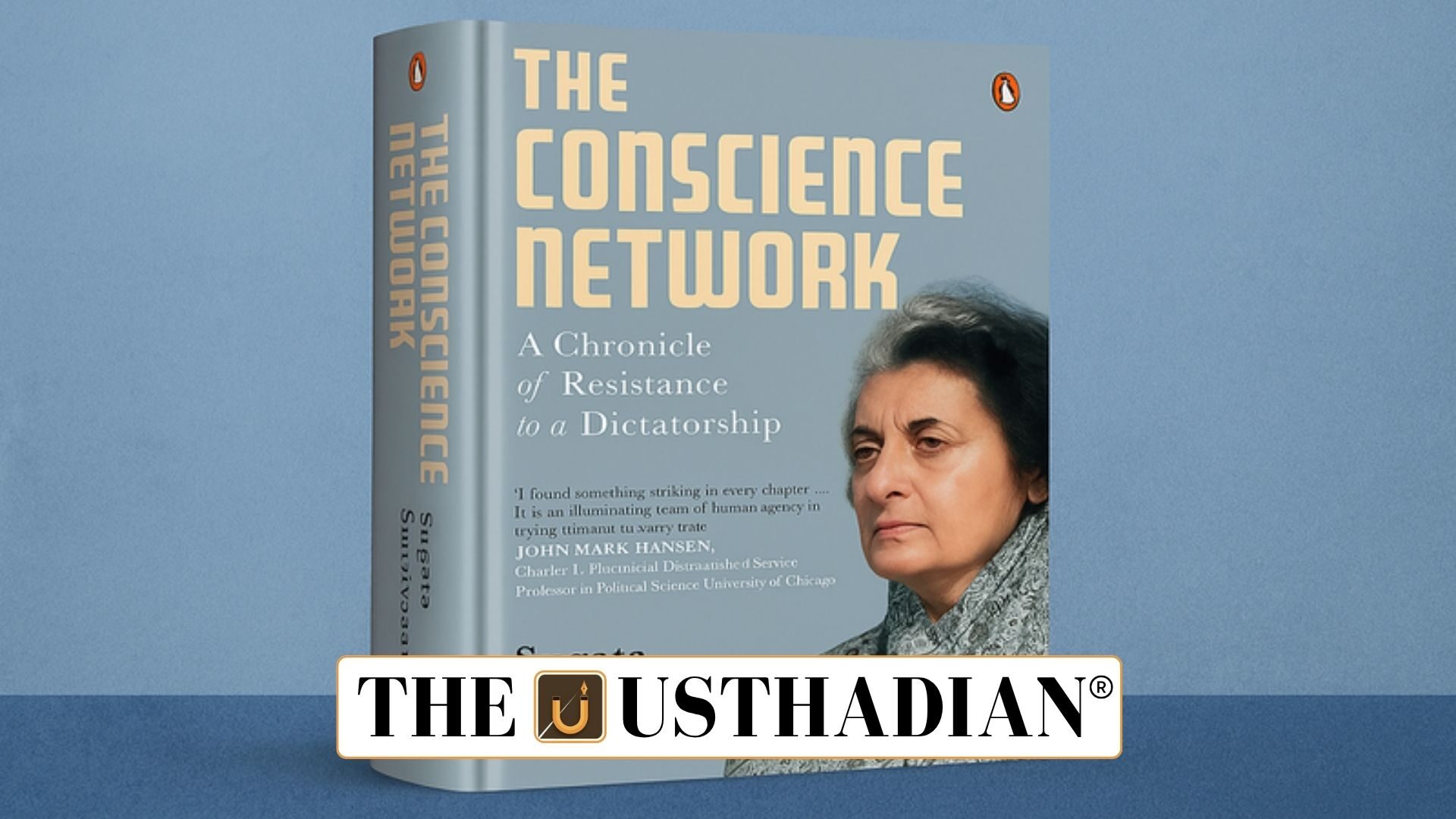A silent revolution beyond borders
The Conscience Network and the Diaspora Resistance: The Emergency period in India (1975–77) marked a dark chapter in the country’s democratic journey. Declared by Prime Minister Indira Gandhi, it led to the suspension of fundamental rights, censorship of the press, and jailing of political opponents. While voices of dissent within India were muzzled, a surprising resistance movement emerged abroad—led not by politicians, but by young Indian students and professionals in the United States.
The spirit of Indians for Democracy
Sugata Srinivasaraju’s book The Conscience Network documents the journey of Indians for Democracy (IFD), a U.S.-based group that opposed the Emergency through nonviolent, moral protest. These activists were not career politicians but ordinary members of the Indian diaspora. Inspired by Gandhian satyagraha, they raised awareness about the crisis in India through public demonstrations, lectures, and newspaper articles.
They lobbied American lawmakers, collaborated with civil rights groups, and directly challenged the Indian government’s actions. Their work resonated in an America already immersed in debates around Vietnam, Watergate, and civil rights, allowing IFD’s message to gain traction.
A movement of courage and conviction
The IFD activists faced significant risks. Indian diplomatic officials attempted to silence them through visa threats and career intimidation. Despite this, they stood firm, driven by a belief that India’s democratic values deserved protection—regardless of geography.
Their activism was rooted in moral clarity and a deep sense of responsibility. They reminded the global community that defending democracy was a universal duty, and that challenging authoritarianism is an act of patriotism, not betrayal.
Static GK fact: The Emergency was officially in force from June 25, 1975, to March 21, 1977. It was imposed under Article 352 of the Indian Constitution.
The author and his voice
Sugata Srinivasaraju, the author of The Conscience Network, is a renowned journalist and historian. With over 30 years in media and cultural commentary, he has chronicled Indian politics with depth and nuance. His previous works include:
- Furrows in a Field – Biography of H.D. Deve Gowda
- Strange Burdens – A study on Rahul Gandhi
- Pickles from Home and Keeping Faith with the Mother Tongue
With this latest book, he highlights the diaspora’s role in safeguarding India’s democratic ethos—an angle rarely explored in mainstream historical discourse.
Static GK Tip: India has declared a national emergency three times: in 1962 (China war), 1971 (Pakistan war), and 1975 (internal disturbance).
Static Usthadian Current Affairs Table
The Conscience Network and the Diaspora Resistance:
| Topic | Detail |
| Book Title | The Conscience Network |
| Author | Sugata Srinivasaraju |
| Theme | Diaspora resistance to Emergency in India |
| Time Period Covered | 1975–1977 |
| Main Group Featured | Indians for Democracy (IFD) |
| Protest Method | Nonviolent, Gandhian satyagraha |
| Legal Provision for Emergency | Article 352 of the Indian Constitution |
| Threats Faced | Visa cancellation and diplomatic pressure |
| Countries Involved | India and the United States |
| Static Fact | Emergency lasted from June 25, 1975 to March 21, 1977 |








